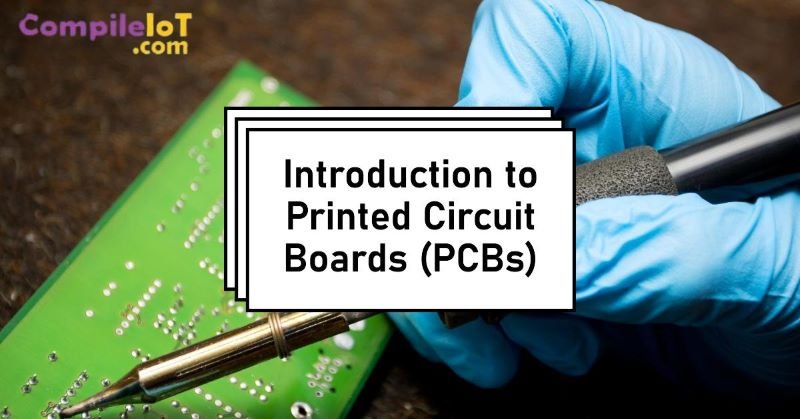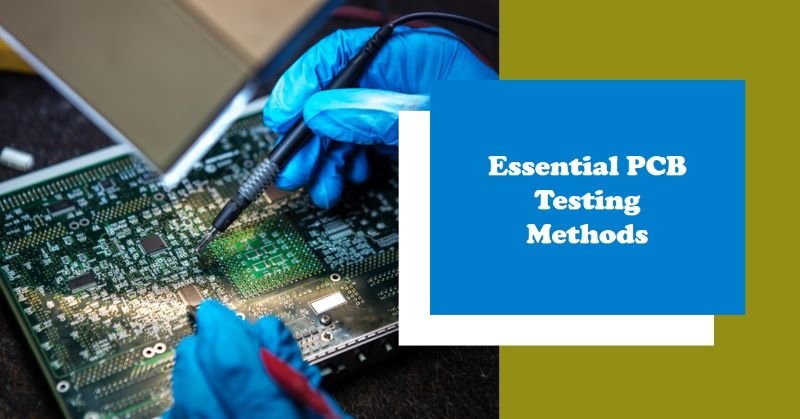Why Every Electronics Project Needs PCB Prototyping?
Circuit board prototyping is an essential phase in the development of any electronic product. It allows engineers and designers to bring their concepts to life in a tangible form, serving as a testbed for ideas. By creating a prototype, developers can verify the design, identify potential issues, and make necessary adjustments before moving to full-scale production. This first step ensures the final product is both functional and reliable, saving time and resources in the long run.
What is Circuit Board Prototyping?
PCB prototyping involves creating an initial version of a printed circuit board (PCB) to test and evaluate its design and functionality. It is a crucial step in ensuring that the final circuit will work as intended and meet design specifications.
Types of Prototypes
- Concept Proofing Prototypes:
Used to test basic ideas and concepts, ensuring the viability of a design. These prototypes often lack full functionality but serve as a foundation for further development. - Functional Prototypes:
Include all the components and features of the final design. These prototypes are tested for full functionality and performance. - Visual Prototypes:
Focus on demonstrating the physical layout and dimensions of the board, often used for evaluating component placement and fit.
The Process of Creating a Prototype PCB
- Schematic Design: Create a circuit diagram using software like Altium or KiCad.
- PCB Layout Design: Convert the schematic into a PCB layout, defining traces, pads, and component placement.
- Manufacturing: Use rapid prototyping services to fabricate the board, often through techniques like etching or CNC milling.
- Assembly: Solder the components onto the PCB.
- Testing: Evaluate the prototype for design errors and performance issues.
Key Benefits of Prototyping Circuit Boards
- Design Validation: Prototyping allows developers to test and refine the circuit design in a real-world setting. By identifying flaws and inconsistencies early, they can make adjustments before mass production, ensuring that the design meets all functional and operational requirements.
- Cost-Effectiveness: By catching errors during the prototyping phase, developers can avoid costly mistakes that would otherwise occur in the manufacturing stage. Prototyping helps save time and money by preventing resource wastage and production delays.
- Customization and Flexibility: Prototyping provides the flexibility to experiment with various designs, components, and configurations. This iterative process ensures the final product is optimized for performance and usability.
- Performance Testing: A prototype is essential for assessing the circuit’s performance under real-world conditions. It allows engineers to evaluate factors such as power consumption, heat dissipation, and signal integrity, ensuring the board functions as expected.
Common Challenges Addressed by PCB Prototyping
Troubleshooting Design Flaws
Prototyping helps identify and resolve design flaws that might not be apparent during the design phase. Issues such as incorrect wiring, mismatched components, or routing errors can be addressed effectively.
Assessing Thermal Management and Durability
Prototypes enable engineers to evaluate how the PCB handles heat generation and dissipation. This is critical for ensuring the board’s longevity and reliability, especially in high-performance applications.
Fine-Tuning Component Placement and Routing
The prototype phase provides an opportunity to optimize the placement of components and the routing of traces. This ensures better performance, easier manufacturing, and reduced electromagnetic interference (EMI).
The Role of Prototyping in the Development Cycle
Step-by-Step Placement of Prototyping in the Lifecycle of PCB Development
- Initial Design Stage:
Develop the schematic and basic layout to form the blueprint for the PCB. - Prototyping Stage:
Build a prototype to test the functionality and design integrity. This is the first physical representation of the circuit. - Testing and Debugging:
Conduct tests on the prototype to identify and fix issues related to performance, thermal management, or signal interference. - Iteration and Refinement:
Use insights from the testing phase to improve the design. Multiple iterations may be necessary to achieve optimal performance. - Pre-Production Prototype:
Create a near-final version of the PCB to validate readiness for full-scale manufacturing. - Mass Production:
Transition the refined design to production for large-scale manufacturing.
Iterative Improvement Through Prototyping Phases
Prototyping allows for continuous improvement. Each iteration provides insights into how the design can be optimized, addressing flaws and enhancing functionality. This cyclical process ensures the final product meets the highest standards.
Feedback Loops with Stakeholders
Prototypes serve as tangible artifacts for stakeholders, allowing them to provide valuable feedback. Engineers, clients, and end-users can evaluate the design, suggest changes, and ensure the product aligns with expectations and requirements.
Tools and Service for PCB Prototyping
Software Tools
- Altium Designer: Advanced software for PCB layout and design, offering powerful simulation and analysis tools.
- KiCad: Open-source software that provides a robust platform for schematic capture and PCB layout.
- Eagle (by Autodesk): User-friendly software for small to medium-sized projects, known for its extensive component library.
Rapid Prototyping Services by PCB Manufacturers
Companies like PCBWay, JLCPCB, and NextPCB offer fast and reliable prototyping services. These services include custom PCB fabrication, assembly, and testing, ensuring quick turnaround times and high-quality outputs.
Importance of Selecting Reliable Prototyping Partners
Choosing the right partner is critical to the success of your project. A reliable manufacturer will ensure accuracy, quick delivery, and quality, while providing support for troubleshooting and design adjustments.
Real-World Example of Successful PCB Prototyping
Case Studies or Examples from the Industry
- Consumer Electronics: A startup developing a wearable health monitor used PCB prototyping to test and validate sensor integration, resulting in a market-ready product within six months.
- Automotive Industry: An electric vehicle company leveraged multiple iterations of PCB prototypes to perfect the performance of its battery management system (BMS).
Lessons Learned from Prototyping Successes and Failures
- Success: Early prototyping helped a robotics company identify and fix a potential short-circuit issue that could have cost millions in production recalls.
- Failure: Delayed prototyping by a drone manufacturer led to overlooked signal interference, resulting in extensive redesign efforts later in the development cycle.
Conclusion
In conclusion, Prototyping circuit boards is a fundamental step that bridges the gap between concept and production. It ensures design validation, cost-effectiveness, and optimal performance by allowing for iterative improvements and real-world testing. By using advanced tools and partnering with reliable manufacturers, developers can streamline the prototyping process and achieve high-quality results. Embracing prototyping not only minimizes risks but also lays the foundation for successful product development in today’s competitive market.








